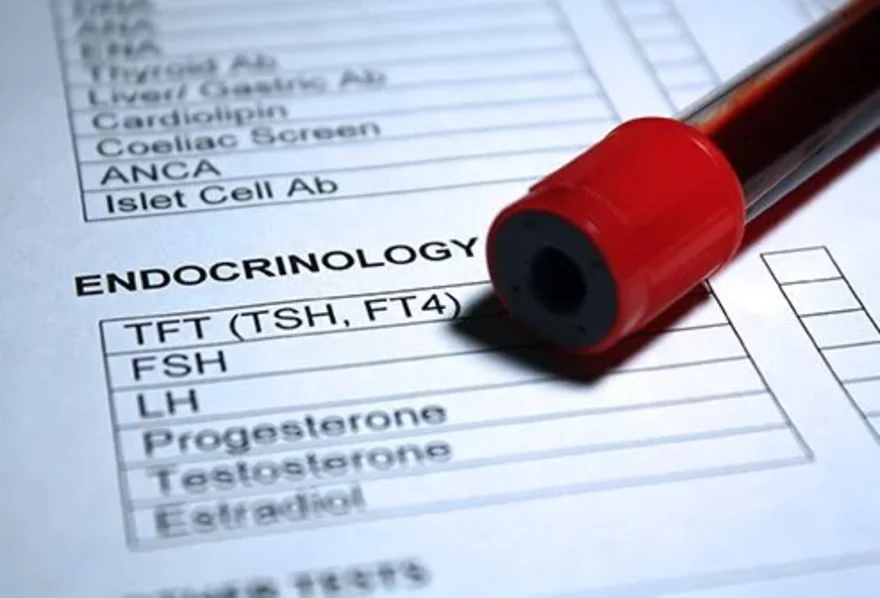Metropolis TruHealth
Telltale Signs of Anemia. Could You Be Anemic Too?
Anemia is a medical condition that barely needs an introduction. This lack of enough red blood cells or hemoglobin is so common that each one of you must have heard about the term in your vicinity.As per studies, about one-third or nearly 30% of the world's population is affected with anemia due to varied causes. The fearful stats are that the prevalence of anemia is even high than this (approximately 51%) as compared to the global prevalence. How much is enough? In general, the normal levels of hemoglobin in men and women is: Men: 13.8 to 17.2 grams per deciliter (g/dL) Women: 12.1 to 15.1 g/dL or 121 to 151 g/L Anything below these Hb levels is considered to be anemia. It is caused primarily through three basic pathways: A decline in the production of red blood cells or hemoglobin A rise in loss or destruction of red blood cells. Increased demand for iron in the body (for instance, during pregnancy or illness). Looking at a complete blood count (CBC) test report, your doctor can get clues as to what could be the cause of anemia in your case. Book test now. Symptoms of Anemia Anemia can be of many different types. Your symptoms may vary according to the type of anemia, the underlying cause, the severity, etc. While the various types of anemia may have certain specific symptoms, some common problems may be noticed first. Symptoms common to many types of Anemia include the following: Feeling tired all the time and loss of energy Shortness of breath and headache, especially with exercise Difficulty concentrating and focus Dizziness Pale skin Crams in legs Sleeplessness Remember, your body also has a phenomenal capacity to compensate for early anemia. You may have mild anemia or one that developed over a long period of time, and not notice anysymptoms. Specific symptoms of anemia Anemia Caused by Iron Deficiency (Iron deficiency anemia) A hunger for strange substances such as paper, ice, or dirt Upward curvature of the nails, called koilonychia Soreness of the mouth with cracks at the corners (angular cheilitis) Anemia Caused by Vitamin B12 Deficiency A tingling, or pin and needle sensation in the hands or feet Loss in the sense of touch Difficulty walking (or wobbly gait) Stiffness of the arms and legs Memory loss Anemia Caused by Chronic destruction or loss of Red Blood Cells Jaundice (yellow skin and eyes) Brown or red urine Leg ulcers Symptoms of gallstones Sickel cell Anemia This is a condition that leads to red blood cells become rigid and sickle-like shaped. When red blood cells sickle, they break down prematurely. This can cause anemia. Fatigue Higher chances of infection Delayed growth and development in children Episodes of severe pain, especially in the joints, abdomen, and limbs Anemia Caused by Sudden Red Blood Cell Destruction Pain in abdomen Jaundice Small bruises under the skin Seizures Symptoms of kidney failure How is Anemia diagnosed? Your doctor is likely to ask you about your medical and family history, and order the following tests: Complete blood count (CBC): This test is used to count the number of red blood cells in your blood. Your doctor will check the hematocrit and the hemoglobin in your blood. In general, adult hematocrit values vary between 40% and 50% for men and 35% and 43% for women. For people who engage in intense physical activity, are pregnant or elderly, the numbers may normally be lower. Smoking and being at high altitudes might elevate numbers. Additional diagnostic tests A few tests may be ordered to evaluate different parameters like the levels of serum ferritin, iron, total iron-binding capacity, and/or transferrin may be ordered in for diagnosing an iron deficiency anemia. Additional tests for anemia include: Mean cellular volume (MCV, included in CBC) Serum ferritin levels Iron studies test (low iron saturation) Transferrin or total iron-binding capacity (TIBC) Could you be at risk of getting Anemia? While there are multiple types of anemia, iron deficiency anemia is the most common form, especially among women and people who have a diet that lacks enough iron.The following groups of people have the highest chances for iron-deficiency anemia: Menstruating women, especially if menstrual periods are heavy Pregnant or lactating women People with gut-related conditions such as celiac disease, inflammatory bowel diseases such as ulcerative colitis, or Crohn’s disease People with gastric ulcers or peptic ulcer disease People who have undergone bariatric procedures, especially gastric bypass operations Vegetarians, vegans, and other people whose diets do not include iron-rich foods People who have undergone major surgery or physical trauma As per some literature, children who drink more than 16 to 24 ounces a day of cow's milk can also develop iron deficiency. Cow's milk contains little iron, and may also decrease iron absorption and cause irritation to the intestinal lining. However, always consult your child’s doctor as to what might suit him and what should be avoided. Make sure to eat an iron-rich and healthy diet including green leafy vegetables and fruits. Also, if you are experiencing chronic fatigue, do get a comprehensive test done and speak to a doctor.
 Home Visit
Home Visit Upload
Upload















 WhatsApp
WhatsApp